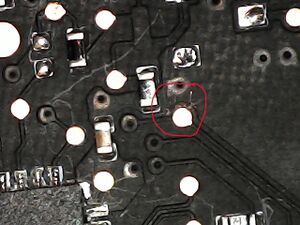More actions
| Steam Deck - Replace shoulder switch R1/L1 | |
|---|---|
| Device | Steam Deck |
| Affects part(s) | Controller Board |
| Needs equipment | Soldering Iron, replacement switch |
| Difficulty | ◉◉◌◌ Medium |
| Type | Soldering, Part replacement |
This article is a stub. You can help Repair Wiki grow by expanding it
Problem description
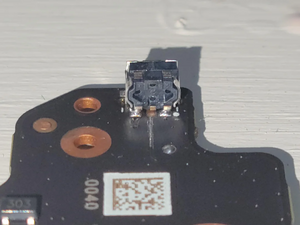
A common problem with the controller board of the Steam Deck LCD are the shoulder switches, that can break off easily during disassembly.
Solution
Where to buy new switches
There are multiple compatible replacement switches. On Aliexpress they are sold as
- Steam Deck switch
- XBOX 360 bluetooth pair switch
Those switches have three pins and two legs (the latter for mounting through the pcb).
Repair Steps
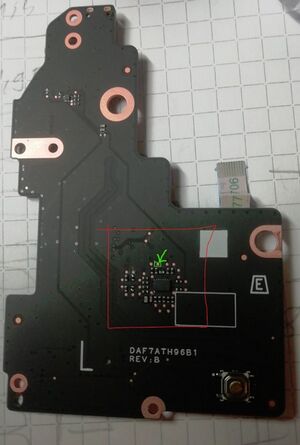
Swapping of the switches should be self-explanatory. A hot plate/pre-heater is recommended (the board sinks a lot of heat). See example videos:
https://www.youtube.com/shorts/R3DQNNDvZmE
https://www.youtube.com/watch?v=ZGT32mNI3Yk
https://www.youtube.com/watch?v=PFDZtsM-iDM
Damaged signal pad
In case the signal pads on the pcb get damaged (See Figure 1):
On each controller board the leftmost and rightmost pin of the switch is connected to the ground plane of the board.
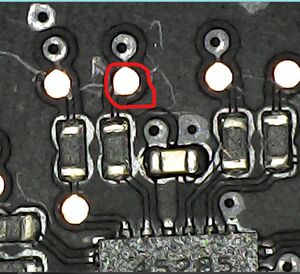
The middle pin is connected to the MCU/a signal multiplexer. On the left controller board you can strip the solder mask of the trace, running to the middle pin of the switch or connect the middle pin of the switch to the corresponding testing point for the L1 switch (see figure 2 and 3 on rev. B boards and figure 7 on rev. F board).

On the right controller board, the middle pin is connected to the testing point visualised in figure 4.

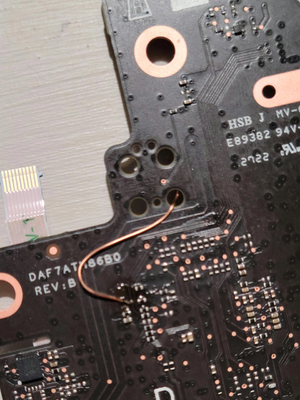
A possible fix for the right controller board might look like figure 5 and 6 (rev. B Board) if you run a magnet wire (enamelled wire) from the center pin of the switch to the testing point.
